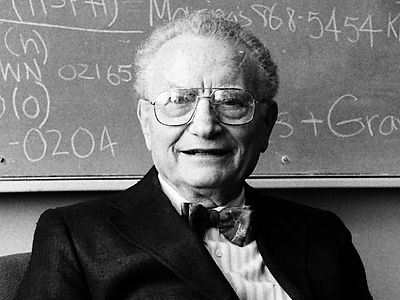
The doctrine of revealed preference — that you can infer someone’s utility function based wholly on what they choose to do — has an illustrious history. John Locke said “the actions of men are the best interpreters of their thoughts.” And Ludwig von Mises said “the scale of values or wants manifests itself only in the reality of action.” [1] Strong words. Revealed preference remains the orthodox economics position. (Needless to say behavioral economics begs to differ.)
Tyler Cowen of Marginal Revolution applies the doctrine to procrastination and time management thusly:
All people are equally good at time management, but some people are more willing than others to admit that they are doing what they want to do, while others maintain the illusion they wish they were doing something else.
Will Wilkinson tears that apart in detail. In particular he points out the distinction between “doing what you’re motivated to do” and “acting in your own self-interest”.
Here’s a more concise reductio proof: People use commitment devices; therefore by revealed preference their preferences don’t match their actions. QED.
In other words, my use of a commitment device proves (by the orthodox economists’ own criterion) that I really do wish to be doing something else.
For any real economists in the audience I should point out that I’m being a little glib here. I do want to pile on with Will Wilkinson against Tyler Cowen but I’m not really trying to debunk Nobel prize winning economist Paul Samuelson who pioneered revealed preference in consumer theory. In fact, when Beeminder is sufficiently mainstream then the doctrine becomes perfectly reasonable: Whatever you’re doing, with the help of Beeminder [2], must indeed be what you most want to be doing!
Footnotes
[1] Thanks to Josh Jordan for both pointing me at those quotes (in the comments of a previous Beeminder blog post) and for first articulating the proof by contradiction.